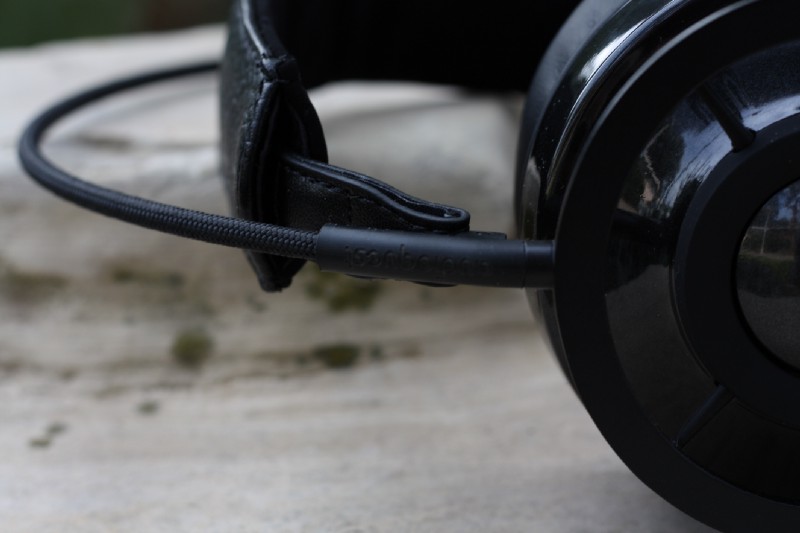

The NightHawk offered up the least nervy presentation I’ve to date from ANY headphone. Was this the sound of lower distortion, conspicuous through an absence of lower treble razzmatazz? According to Gray, yes. Compared to the Sennheiser HD800’s chilled spritely fizz and down the bone x-ray vision, the NighHawk’s presentation proved to be far plusher.

This in turn begat a disarmingly smooth treble response and slight mid-bass bump for a richness not heard from the likes of Sennheiser’s HD650 or OPPO’s portable-friendly PM-3.
#Audioquest nightowl carbon review driver#
By focussing on the proper pistonic motion of a dynamic driver housed in a semi-open earcup, Gray would lower distortion, notably at 3kHz and above. The high-end headphone sector isn’t immune to Gray’s critical assessment: the ‘fizzy’ treble that I hear in pair of AKG K-702 is, according to our man from California, an example of aural MSG – an unnatural additive that gives music an edgy presence.ĪudioQuest’s NightHawk (US$599) illustrated how Gray’s additive-free thinking might translate to real-world results. In other words, headphone transducer distortion has become normalised. Prolonged exposure to artificial sweeteners makes adapting to a new, more healthy ways of eating exponentially more challenging.Īccording to the Director of AudioQuest’s ‘Ear-Speaker Division’, Skylar Gray, we as headphone listeners have been exposed to upper-frequency distortion for so long now that we have become accustomed to its artificial sense of aural excitement. From the high fructose corn syrup used by cookie companies as a sweetener to the MSG used by fast food joints to boost their dishes’ flavour, the flavour enhancements are artificial.


 0 kommentar(er)
0 kommentar(er)
